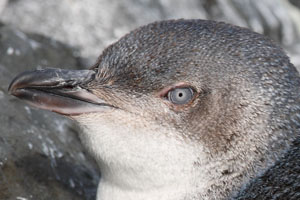
White-Flippered Little (Blue) Penguin |
Distribution: |
||
White-Flippered Little (or Blue) Penguins are found primarily on Banks Peninsula on the east coast of New Zealands South Island and on Motunau Island near Canterbury.Although suggested by some to be a distinct species from the regular Little (or Blue) penguin, generally merely considered as a subspecies. The issue of Little penguin taxonomy is addressed in detail in Banks et al., 2002 (Notornis 49, p.29-38) and is discussed in the general section on Little penguins. A total population of about 10500 birds was estimated following surveys in 2000-2002, with about 1650 nests on Montunau Island and 2100 on Banks Peninsula, the latter being spread over 68 colonies (Challies and Burleigh, 2004. Notornis 51, p.1-6). About a third of the Banks Peninsula population is located at Flea Bay.
|
Feeding: |
White-Flippered Little penguins primarily feed on small fish, including Pilchard, Australian Anchovy and Sandy Sprat. However, squid and crustaceans will also be eaten if fish supplies are insufficient. Small fish are swallowed head-first under water, whilst the penguin usually surfaces to eat more than 3 cm long ones. Feeding is during daylight when the penguin can see the silvery reflection of light on the fish. Maximum dive depths of over 50 meters have been recorded, yet most hunting takes place in depths of less than 20 meters. Most feeding takes place within 25 km of the coast with daily round trips of 75 km being recorded. Around Banks Peninsula, penguins have been observed to concentrate in several bays (Bräger and Stanley, 1999. Notornis 46, p.365-372). During the winter, penguins may swim further from the colony (distances of 750 km have been recorded, although the penguins tend to stay within 20 km of the coastline). |
Reproduction: |
||||
White-Flippered Little penguins tend to be very faithful to nesting sites. Similarly, pair bonds are strong and are commonly maintained over many seasons. This may be the result of the nearly year-round presence at the colony. Less than 1% of penguins are thought to move to other colonies during their lifetimes. Nesting occurs in underground burrows, usually in soft ground near beaches. Burrows may be dug if necessary using bills and feet. These are usually at least 2 meters apart and burrow entrances are defended vigorously. Nesting under houses or in artificial nest boxes is also common. Plant materials including grass and seaweed is used to line nests.The main breeding season usually commences around september, although when food is plentiful eggs may be laid from May to February, with two pairs of chicks being raised. Egg laying is not strongly synchronized between individuals in a colony.Males may occupy a nest first or find a partner before doing so depending on the colony. Courtship displays are at many sites adapted to nesting conditions. For example, in narrow burrows a classic upward-stretched ecstatic display may not be possible. Copulation also occurs in burrows. Drumming of the males flippers on the female, which generally precedes copulation, may be audible outside burrows.Parents alternate in egg incubation (which takes 5 weeks) and feeding and brooding the chicks for a further 2-3 weeks after which both parents go to sea to collect food. Chicks then stay alone in nests and may come to the entrance at dusk to await the adults. Creching is unusual but may occur when birds live together in large caves. After about 8 weeks fledglings start to go to sea. Young birds may stay far from the colony until reaching sexual maturity at an age of 2-3 years when they usually return.
|
General Behaviour: |
|||
|
White-Flippered Little Penguins are primarily nocturnal animals on land and are unique among penguins in this respect. Most individuals leave and return to their colonies under cover of darkness. However, on Banks Peninsula, some birds can be observed on land outside of their burrows during daylight. This is unusual and involves small numbers of birds in areas not subject to much disturbance. In the evening, birds tend to assemble offshore in groups until light levels are low enough for them to head onto land. This results in large batches of birds arriving nearly simultaneously.Little penguins are regarded as quite aggressive. Two main aggressive stances can be observed; (i) body held low with beak pointing at the adversary and flippers raised above body, (ii) body upright, feathers on head erect and flippers outstretched. In both cases the penguin can growl or bray to emphasize the stance. If fighting occurs, both birds may sustain significant injuries to the face and eyes.On the other hand, Little penguins may be observed allopreening each other. This behaviour is not only limited to partners. White-Flippered Little Penguins may preen themselves on rocks during daylight on certain parts of Banks Peninsula. |
||
Threats: |
The main threat to colonies of White-Flippered Little penguins are introduced mammalian predators. Dogs, cats, ferrets and stoats may kill birds at their colonies. Foxes and dogs are particularly problematic since they may kill up to 50 birds in a single night, in worst cases leading to complete loss of the colony. Since it is not possible to protect all mainland colonies, a further concentration of penguins at larger sites with predator control measures in place is likely to occur. Natural predators include sharks, fur seals, gulls and eagles.Human development is also a problem as many penguins are killed on coastal roads, nesting sites may be lost to development or trampled on by humans or livestock, and penguins may become entangled in or ingest rubbish. Further, dog attacks are most common near settlement areas. Nesting sites can be damaged by fire or overgrazing by livestock or rabbits, which removes the protective vegetation and increases problems with erosion or flooding at the nesting site.Fisheries may be a problem, particularly in times of food shortages. Controlled tourism does not appear to be a major threat to colonies. A very detailed explanation of threats facing little penguins is found on http://www.penguins.cl/little-penguins.html. |
Where To See: |
The Pohatu penguin reserve at Flea Bay is the prime place for viewing White-Flippered penguins. This includes the largest mainland colony with as many as 1000 breeding pairs. Pohatu is located near Akaroa on Banks peninsula and tours can be arranged via the tourist information center there or via www.pohatu.co.nz. The colony is the largest of its kind and is monitored and protected from introduced predators by Shireen and Francis Helps who also organize the guided tours to see these special penguins. The penguins nest in a mixture of natural burrows and nesting boxes. |
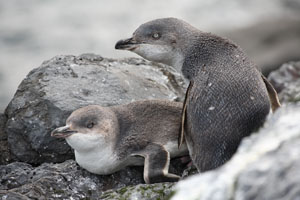 |
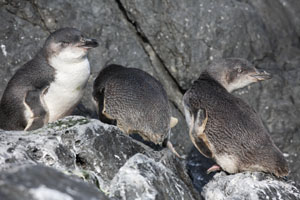 |
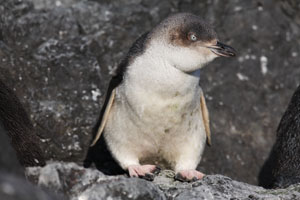 |
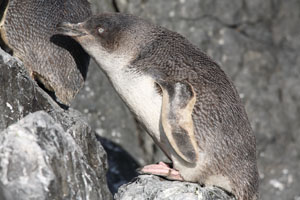 |
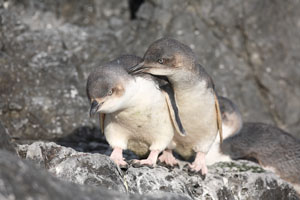 |
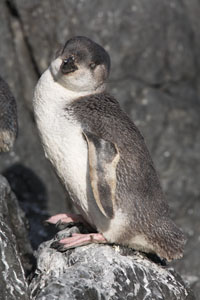 |
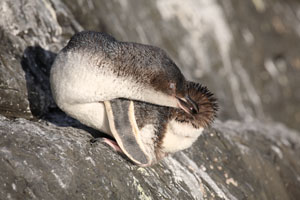 |
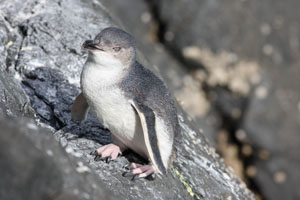 |
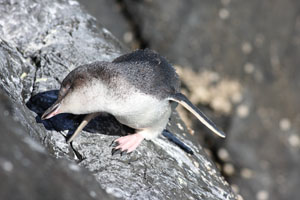 |
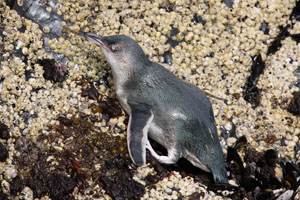 |
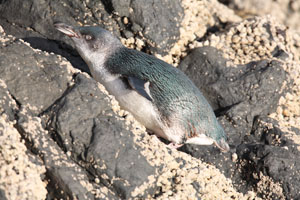 |
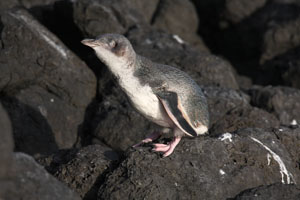 |
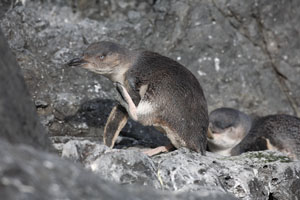 |
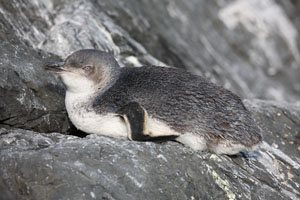 |
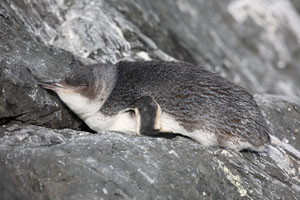 |
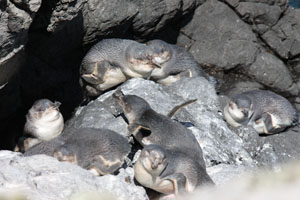 |
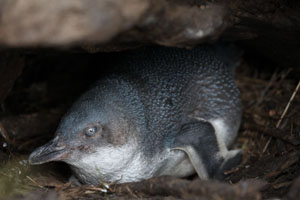 |
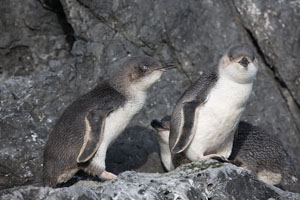 |
||